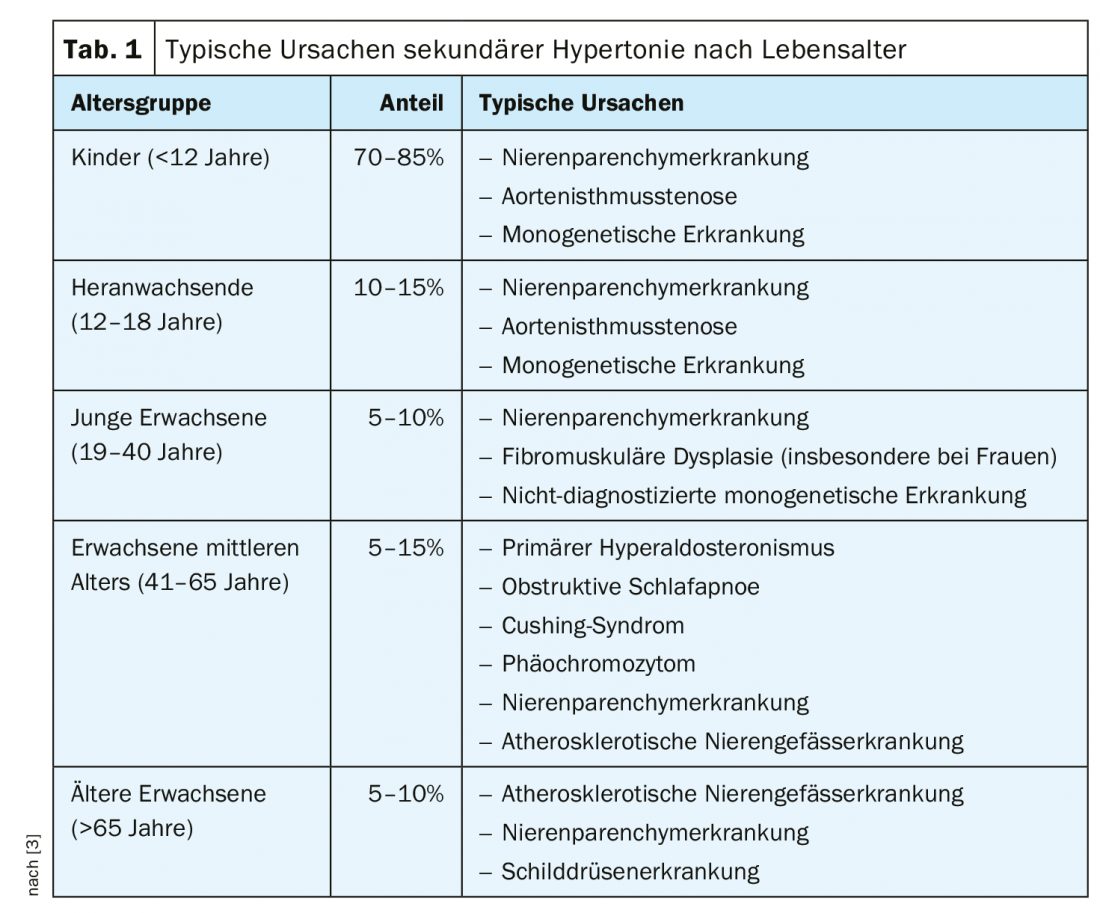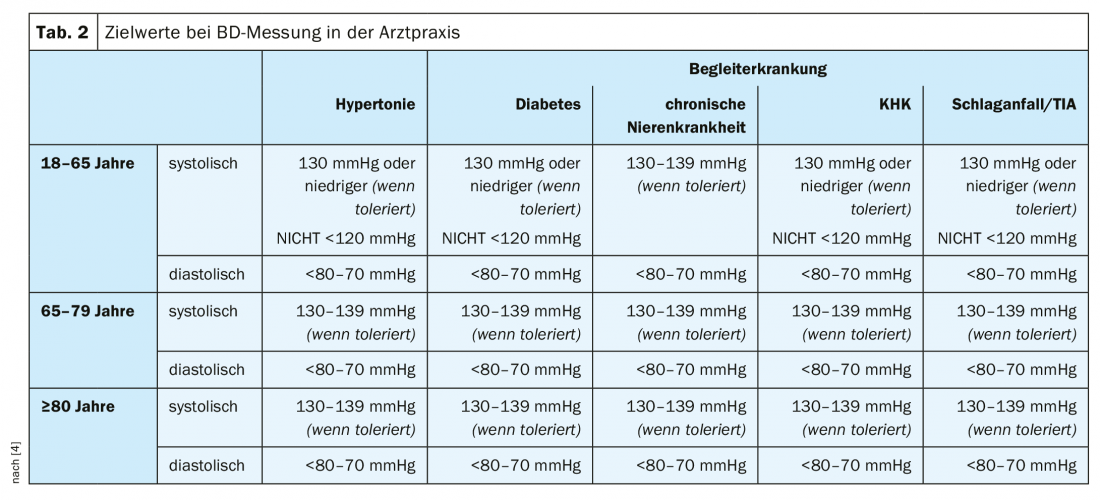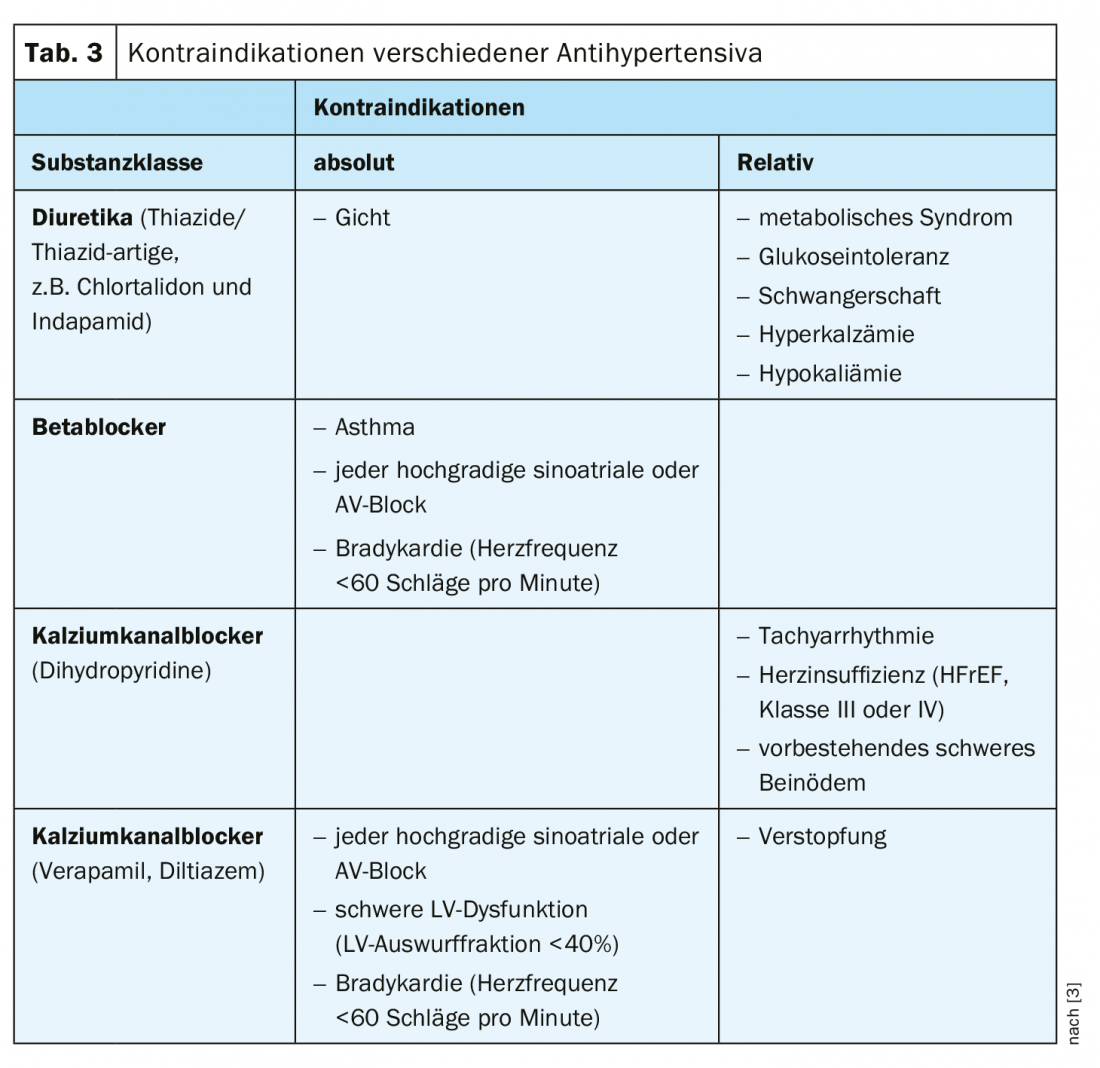Adequate blood pressure control and treatment contributes to a reduced risk of sequelae and mortality. According to current data, excessively high diastolic values are a weaker but independent risk factor for myocardial infarction and stroke. This is a complementary new finding to the ESC guidelines updated last year.
Arterial hypertension is one of the greatest risk factors for cardiovascular disease and the development of chronic renal failure. It is the most common diagnosis made in the doctor’s office in Switzerland [1]. Results of a large retrospective cohort study published in 2019 demonstrate that systolic and diastolic hypertension independently contribute significantly to the risk of myocardial infarction and stroke [2].
Significant cardiovascular risk factor
The researchers used a dataset from Kaiser Permanente Northern California, a U.S. health care provider, with data from 36 million blood pressure measurements from approximately 1.3 million people ≥18 years of age from 2007 to 2016 [2]. Both European and U.S. limits were considered in the study. In Europe, levels above 140/90 mmHg are considered elevated; in the United States, the limit was recently lowered and is now 130/80 mmHg. During a baseline period of two years, initial blood pressure readings were collected and boundary conditions were recorded. Subsequently, blood pressure values were monitored over a period of eight years. Cardiovascular events such as myocardial infarction, ischemic stroke, and hemorrhagic stroke have been documented. A baseline measurement (Jan 2007-Dec 2008) and ≥2 follow-up measurements were performed using an automated oscillometric blood pressure device. The median number of blood pressure measurements per study participant was 22 (interquartile range 13-36). Relative to the cutoff value 140/90 mmHg, 18.9% had elevated blood pressure, and this rate relative to the cutoff value 130/80 mmHg was 43.5%. Although elevated systolic levels had a greater effect on outcome parameters, both systolic and diastolic hypertension were found to be an independent risk factor for adverse cardiovascular events (cutoff values: ≥140/90 mmHg or ≥130/80 mmHg).
Primary or secondary hypertension?
In individuals with untreated hypertension, stroke, heart attack or heart failure are two to ten times more common compared to those with normal blood pressure levels. An automatic oscillometric blood pressure measurement (cuff) is still considered the standard procedure for basic diagnostics. In case of fluctuating measurement results, a 24-hour measurement is recommended to detect possible hypertension [1]. A combination of home, office and 24-hour measurement provides the most reliable results. The possible causes of elevated blood pressure levels are diverse; in addition to genetic factors, various environmental factors (e.g., sodium in the diet, obesity, stress) can play a role. Clarification of whether secondary hypertension is present is essential. Common causes of secondary hypertension include primary hyperaldosteronism, renal parenchymal disease, aortic isthmus stenosis, obstructive sleep apnea (tab. 1) . Lifestyle factors that promote hypertension are excessive alcohol consumption and the use of oral contraceptives. Certain medications (e.g., sympathomimetics, NSAIDs, corticosteroids) and foods (e.g., high salt intake, licorice) can also contribute to elevated blood pressure levels.

Current ESC guidelines: What has changed?
The 2018 updated ESC guidelines place a stronger focus on “out-of-office” blood pressure measurements (e.g., home measurements). Some of the important further adjustments at a glance (overview 1) [3]:

Target values: According to the current ESC guideline, stage I hypertension is defined as a blood pressure between 140 and 160 mmHg systolic and 90 and 100 mmHg diastolic. For values in the high-normal range (130-139/85-89 mmHg), lifestyle changes are initially recommended as measures (reduction of salt and alcohol consumption to <5 g daily; balanced diet, weight reduction if BMI >30 kg/m², exercise, smoking cessation). If the target values are not achieved by lifestyle measures, treatment with antihypertensive drugs has recently been recommended for stage 1 hypertension. If grade 2 or grade 3 hypertension is present (160-179/100-109 or ≥180/110, respectively), such treatment should be initiated immediately with the therapeutic goal of reduction to normal values within three months. The target values in the presence of various concomitant diseases are summarized in Table 2 [4].

Monotherapy rather than combination therapy: according to an epidemiological study, the risk of cardiovascular disease is lowest with a systolic value of 90-114 mmHg and a diastolic value of 60-74 mmHg [5]. The conclusion of a review published in 2018 on the efficacy of different pharmacotherapeutic treatment options is that if the systolic value is 20 mmHg above normal or the diastolic value is 10 mmHg above normal, the patient should be switched from monotherapy to combination therapy [6]. This is also one of the key messages of last year’s updated ESC guidelines on hypertension treatment [7]. Accordingly, patients should receive combination therapy rather than monotherapy at an early stage of treatment. This replaces the previous recommendation that one drug should be started first and only switched to a combination with a second or third drug if needed. Specifically, the updated guidelines recommend the prescription of so-called fixed-dose combinations with two or three differently acting antihypertensive substances from the start of treatment. This means dual combination therapy of ACE inhibitors or angiotensin receptor blockers and calcium antagonist or thiazide diuretic.

Customize pharmacotherapy
A trend toward personalized medicine is also relevant to the field of hypertension management; modern hypertension therapy should be as individualized as possible. The following five major classes of agents are recommended for the routine treatment of hypertension (Overview 2): ACE inhibitors, angiotensin receptor blockers, beta blockers, calcium channel blockers, and diuretics (thiazides and thiazide-type diuretics such as chlorthalidone and indapamide). Important to consider are absolute and relative contraindications depending on patient characteristics resp. Concomitant diseases (Table 3).

Literature:
- Swissheart.ch: www.swissheart.ch
- Flint C, et al: Effect of Systolic and Diastolic Blood Pressure on Cardiovascular Outcomes. N Engl J Med 2019; 381: 243-251.
- European Society of Cardiology (ESC) German Society of Cardiology (DGK): ESC/ESH Pocket Guidelines 2018. www.hochdruckliga.de
- Schlimpert V: The most important changes. New ESC/ESH hypertension guideline – what you should know, www.kardiologie.org
- Rapsomaniki E, et al: Blood pressure and incidence of twelve cardiovascular diseases: lifetime risks, healthy life-years lost, and age-specific associations in 1-25 million people. The Lancet 2014; 383: 1899-1911.
- Guerrero-García C, Rubio-Guerra AF: Combination therapy in the treatment of hypertension. Drugs Context 2018; 6; 7: 212531.
- European Society of Cardiology (ESC), www.escardio.org
HAUSARZT PRAXIS 2019; 14(10): 20-23
CARDIOVASC 2020; 19(2): 19-21











